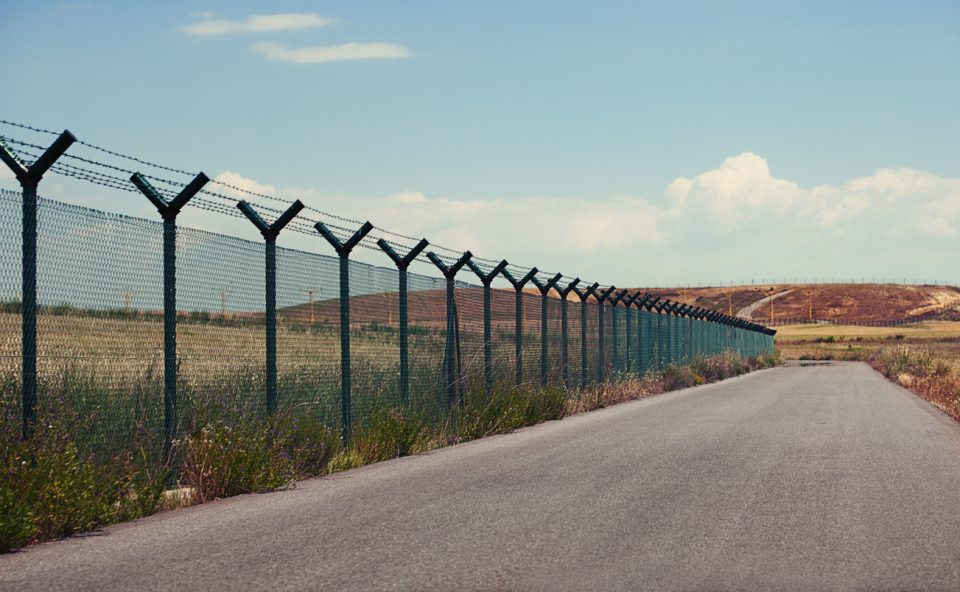
India seeks to mend fences with Myanmar to quell Manipur protests
Delhi's plan to fence the border with the Myanmar without resolving existing differences over demarcation of the frontier has triggered massive protests in Manipur

India has decided to soon request Myanmar to hold a “boundary meet” after its ill-conceived move to fence the border with the neighbouring country without resolving existing differences over demarcation of the frontier triggered massive protests in Manipur.
The External Affairs Ministry will soon take up with the Myanmar government for review a joint land survey of disputed areas by officials from both the countries to properly demarcate the boundary, sources in the government said. India’s stated position is that there are “no boundary disputes” with Myanmar but only nine “unresolved boundary pillars” in the Manipur sector.
Border fence
Without resolving the differences between the two countries over the exact position of these boundary pillars on the ground, the Centre last month gave the go ahead to fence 100-km of the state’s around 395-km-long porous border with Myanmar.
Accordingly, the Border Roads Organisatin (BRO) started constructing the border fence from pillar no 79 to 81 covering a length of 10 km from Moreh to Kwatha in Tegnoupal district.
Also read: India has no policy, gateway to Go East via Manipur-Myanmar
As there are several disputed points at the stretch, the fencing works triggered massive protests under the banner of a civil society organisation called United Committee Manipur. Two persons, including a woman journalist, were injured when police fired tear gas shells to disperse protestors in the state capital Imphal on June 22.
The intensity of the protests forced the Manipur government to communicate to the Union home ministry verbally as well as in writing to suspend the fencing work until the disputes over exact position of boundary are resolved through proper survey.
The Centre had stopped the work following the request from the state government, Manipur Chief Minister N Biren Singh said. Further, the Manipur government has requested the Union government to hold talks with Myanmar to settle the long-pending disputes over position of boundary pillars “once and for all.”
“The MEA will request Myanmar to soon convene a meeting of the Joint Boundary Working Group so that survey teams from both the countries can be sent to the disputed sites for proper delineation of the border,” a government source in New Delhi said.
Indo-Myanmar treaty
A 1967 Myanmar-India border treaty established the current border, but both countries disagree about the location of several border pillars in the Kabaw Valley, according to the paper. The border has been defined as per a boundary agreement signed by the two countries in 1967. But there are disagreements over the location of the nine boundary pillars.
The UCM, which is spearheading the agitation, said the disputed border pillars are shifted by a large distance on the Indian side from the actual international border marked on the map.
Interestingly, the present Union Minister of State for External Affairs RK Ranjan had in the past raised the issue of Manipur losing a large swathe of its land if the physical position of the border is not rectified. He is now, however, maintaining a stoic silence over the issue. Calls made to him to seek his reaction to the current controversy went unanswered.
Also read: A year after the coup, Myanmar army faces chaos and resistance
“If the border is fenced without correcting the alignment, Manipur will lose about 35 km of its territory to Myanmar,” said Manipur Pradesh Congress vice president Hareshwar Goswami, who recently visited the disputed border areas. “I found the fencing works have been stopped in the border areas I visited,” he told The Federal.
He said “it is unfortunate” that the Union government, which is well aware of the existing disputes over the position of pillars, gave the nod for the fencing without resolving disputes.
Pointing out that the Manipur special secretary (home) in his letter to the Union home secretary only mentioned about the disputes pertaining to pillar number 81 and 82, he said the disputed areas are border pillars 64 to 68 (Tuivang Molcham area), border pillars 75 to 73 (Howlenphai areas), border pillars 77 to 79 (Tumu Moreh) and border pillars 88 to 95.
The fencing of the porous border is necessitated to check infiltration from Myanmar, militant activities, smuggling of drugs and goods.


